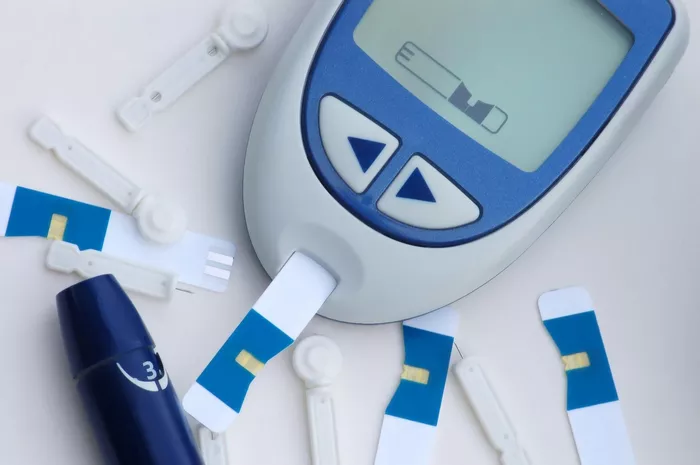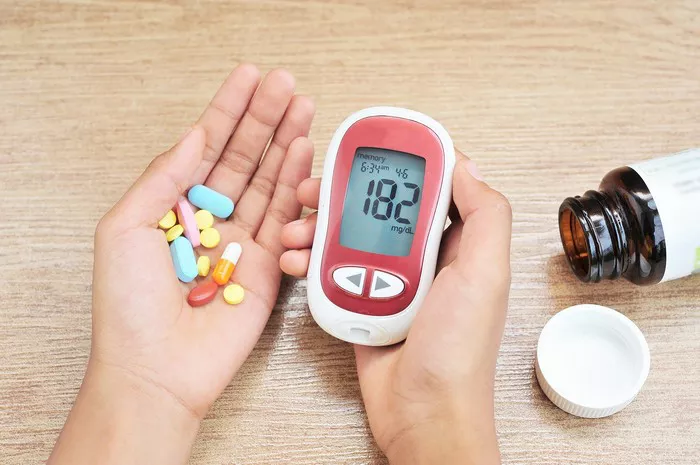Maintaining stable blood sugar levels is a crucial aspect of managing diabetes and overall health. Fasting blood sugar, or the blood glucose level measured after an overnight fast, provides important insight into how well the body regulates glucose. Many individuals wonder if a reading of 135 mg/dL in the morning is considered high. In this article, we will explore what a fasting blood sugar of 135 mg/dL means, the potential causes, risks associated with elevated fasting glucose levels, and strategies to manage and lower morning blood sugar effectively.
Understanding Normal Fasting Blood Sugar Levels
Fasting blood sugar levels are typically measured after an overnight fast of at least 8 hours. According to the American Diabetes Association (ADA), the general guidelines for fasting blood glucose levels are:
Normal: 70–99 mg/dL
Prediabetes: 100–125 mg/dL
Diabetes: 126 mg/dL or higher on two separate occasions
A fasting blood sugar reading of 135 mg/dL falls within the diabetic range, indicating that the body is having difficulty regulating blood glucose levels effectively. However, a single reading does not necessarily mean a person has diabetes; further testing is needed to confirm the diagnosis.
Causes of Elevated Morning Blood Sugar Levels
A fasting blood sugar level of 135 mg/dL may be influenced by several factors, including lifestyle habits, hormonal changes, and underlying medical conditions. Some of the common causes include:
1. The Dawn Phenomenon
The dawn phenomenon refers to a natural increase in blood sugar levels that occurs in the early morning hours (typically between 3:00 AM and 8:00 AM). This happens due to the release of hormones such as cortisol, glucagon, and growth hormone, which stimulate the liver to produce glucose. In individuals with diabetes, insulin resistance prevents the body from effectively using this glucose, leading to higher fasting blood sugar levels.
2. The Somogyi Effect
The Somogyi effect, or rebound hyperglycemia, occurs when blood sugar drops too low overnight due to excessive insulin or medication. In response, the body releases counter-regulatory hormones to raise blood sugar levels, leading to an elevated morning glucose reading.
3. Insulin Resistance
People with type 2 diabetes or prediabetes often experience insulin resistance, meaning their cells do not respond effectively to insulin. This leads to higher blood sugar levels, particularly in the morning after an overnight fast.
4. Late-Night Eating
Consuming a carbohydrate-rich meal or snack close to bedtime can lead to higher blood sugar levels in the morning, especially if insulin production is insufficient or if the body is unable to process glucose effectively.
5. Medication Effects
Certain medications, such as steroids, beta-blockers, or diuretics, can contribute to elevated blood sugar levels. In some cases, diabetes medications may need adjustment to better control fasting glucose levels.
6. Stress and Poor Sleep
Chronic stress and poor sleep quality can increase cortisol levels, leading to higher blood sugar levels. Sleep deprivation also negatively impacts insulin sensitivity, making it harder for the body to regulate glucose.
Health Risks Associated with High Fasting Blood Sugar
Having a fasting blood sugar level of 135 mg/dL regularly can increase the risk of developing diabetes-related complications. Some potential risks include:
1. Increased Risk of Type 2 Diabetes
A fasting glucose level above 126 mg/dL is a diagnostic criterion for diabetes. If levels remain elevated, it may indicate progression from prediabetes to full-blown diabetes, increasing the risk of long-term complications.
2. Cardiovascular Disease
High fasting blood sugar is associated with an increased risk of heart disease, stroke, and hypertension. Elevated glucose levels can damage blood vessels and contribute to the buildup of plaque in the arteries.
3. Nerve Damage (Neuropathy)
Consistently high blood sugar levels can lead to diabetic neuropathy, which affects the nerves, particularly in the hands and feet. This condition can cause pain, tingling, and numbness.
4. Kidney Damage (Nephropathy)
High blood sugar can damage the small blood vessels in the kidneys, leading to diabetic nephropathy, a condition that can progress to kidney failure if not properly managed.
5. Vision Problems (Retinopathy)
Uncontrolled blood sugar levels can damage the blood vessels in the eyes, leading to diabetic retinopathy, which can cause vision loss or blindness if left untreated.
How to Lower Morning Blood Sugar Levels
If your fasting blood sugar is consistently around 135 mg/dL, taking proactive steps can help bring it within a healthier range. Below are strategies to improve morning blood sugar levels:
1. Monitor Blood Sugar Levels Regularly
Tracking blood glucose levels can help identify patterns and determine whether interventions are effective. A continuous glucose monitor (CGM) or frequent fingerstick tests can provide valuable insights.
2. Adjust Meal Timing and Composition
- Avoid heavy carbohydrate meals before bedtime.
- Include fiber-rich foods, such as vegetables, legumes, and whole grains, to slow glucose absorption.
- Balance meals with lean protein and healthy fats to prevent overnight spikes.
3. Increase Physical Activity
Regular exercise improves insulin sensitivity and helps lower blood sugar levels. Engaging in activities such as walking, jogging, strength training, or yoga can be beneficial.
4. Manage Stress and Improve Sleep Quality
Reducing stress through relaxation techniques, meditation, or deep breathing exercises can help regulate blood sugar. Prioritizing good sleep hygiene can also improve glucose metabolism.
5. Medication and Insulin Adjustments
For those already on diabetes medications or insulin, adjusting dosages under medical supervision may help achieve better fasting glucose control. If you are not on medication, consulting a healthcare provider can help determine if pharmacologic intervention is necessary.
6. Stay Hydrated
Drinking enough water helps the kidneys flush out excess glucose. Staying hydrated is a simple yet effective way to support blood sugar regulation.
7. Consider a Low-Carb or Mediterranean Diet
A low-carb or Mediterranean diet, which emphasizes whole foods, healthy fats, and lean proteins, can help stabilize blood sugar and improve insulin function.
When to See a Doctor
If you consistently have fasting blood sugar readings of 135 mg/dL or higher, consult a healthcare provider. A doctor may recommend further testing, such as:
- HbA1c test (measures average blood sugar levels over three months)
- Oral glucose tolerance test (OGTT)
- Fasting insulin and C-peptide tests
Early intervention can help prevent the progression to diabetes and reduce the risk of complications.
Conclusion
A fasting blood sugar level of 135 mg/dL is above the normal range and may indicate diabetes or poor glucose regulation. While a single reading is not necessarily a cause for alarm, consistent high readings require attention and lifestyle adjustments. Managing diet, exercise, stress, and medication can significantly improve morning blood sugar levels and overall health. If fasting glucose remains elevated, consulting a healthcare professional for personalized guidance is essential. By taking proactive steps, individuals can prevent complications and achieve better blood sugar control.
Related topics:
What Happens If You Get Gestational Diabetes?



























